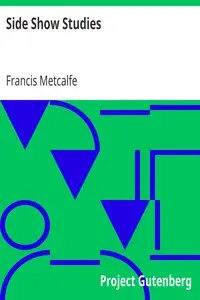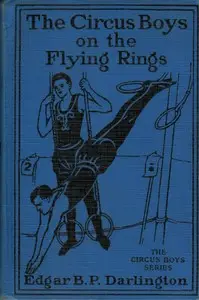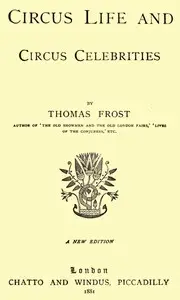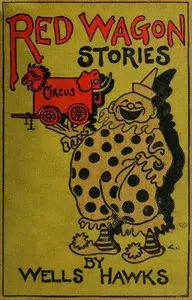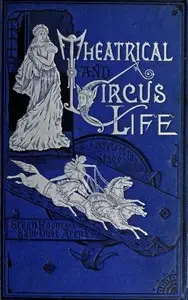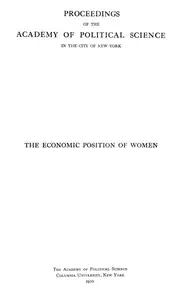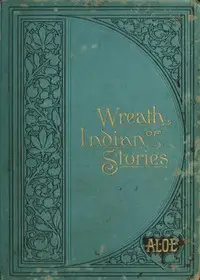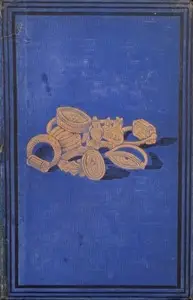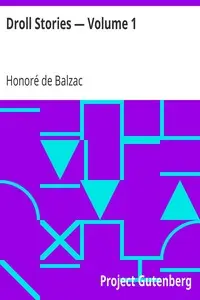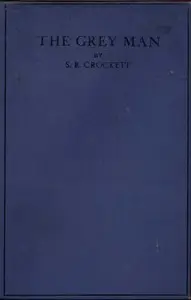"Sawdust & Spangles: Stories & Secrets of the Circus" by W. C. Coup is a captivating look into the thrilling world of the circus, as told by a seasoned showman from a bygone era. Through firsthand accounts, the book explores the captivating yet demanding life within the circus community, highlighted by colorful stories of adventure, interesting characters, and the majesty of circus animals. From youthful beginnings fueled by wanderlust, the author recounts memorable events, from lighthearted mishaps to tense encounters, as well as providing insight into the audiences and other cultural aspects. The stories come together to create a vivid portrayal of excitement, humor, and the dangers interwoven with the world of early American circuses.
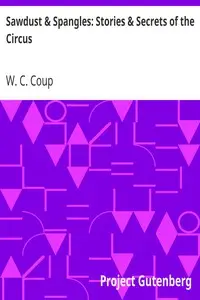
Sawdust & Spangles: Stories & Secrets of the Circus
By W. C. (William Cameron) Coup
Experience the excitement and perils of a turn-of-the-century circus through the eyes of a showman, filled with thrilling tales of adventure, lively personalities, and captivating animal encounters.
Summary
About the AuthorWilliam Cameron Coup was a Wisconsin businessman who partnered with P. T. Barnum and Dan Castello in 1870 to form the "P. T. Barnum's Museum, Menagerie and Circus". Previously Barnum had a museum at a fixed location in New York City and the traveling circus allowed him to bring his curiosities to more paying customers. Coup's innovations were the circus train to transport the materials from town to town. He also came up with the concept of adding a second ring in 1872 and a third ring to the circus in 1881 to allow more people to view the events.
William Cameron Coup was a Wisconsin businessman who partnered with P. T. Barnum and Dan Castello in 1870 to form the "P. T. Barnum's Museum, Menagerie and Circus". Previously Barnum had a museum at a fixed location in New York City and the traveling circus allowed him to bring his curiosities to more paying customers. Coup's innovations were the circus train to transport the materials from town to town. He also came up with the concept of adding a second ring in 1872 and a third ring to the circus in 1881 to allow more people to view the events.


